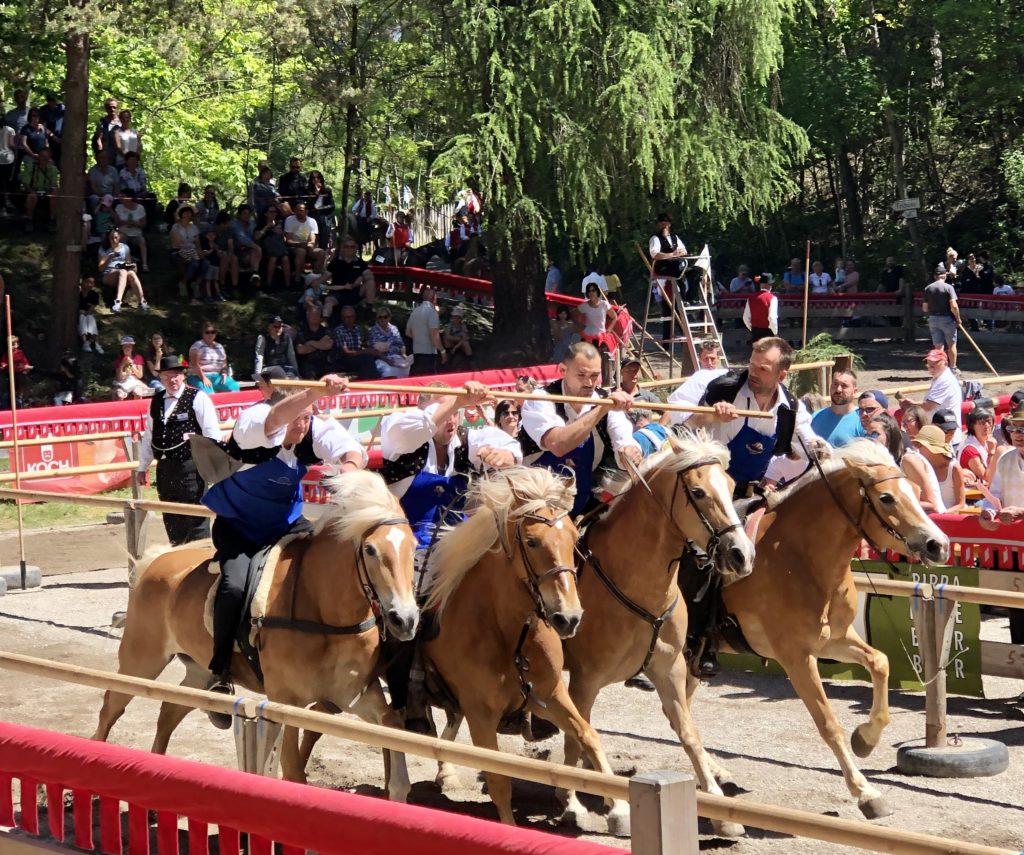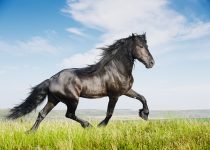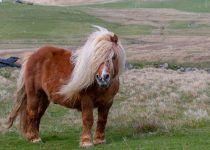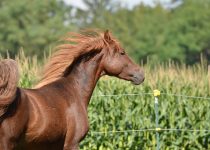Explore the world of Haflingers Horse Breeds
The golden, long-maned ‘Haflingers’ of the Dolomites have roamed the rugged, alpine pastures of the Tyrol since the Goths fled from Byzantine troops in 555 AD, abandoning their horses in the woods. Raised in the valleys and steep slopes of the Dolomite mountains, these horses are a product of their environment.

Over the centuries, they have played an important role in the farming life for Tyrolese smallholders. Nicknamed ‘Alpine tractors’, they plowed fields, carried children to school, and packed supplies along steep and narrow farm trails with unwavering dependability and resilience.
Until the end of the first world war, South Tyrol was part of the Austro-Hungarian empire. The region was annexed to the Kingdom of Italy in 1919, as a recompense for joining the allies in 1915. The Italo-Hapsburg border was the scene of ferocious mountain combat during the First World War, which led to a total transformation of the landscape.
Roads, cableways and railways were constructed; and the dolomite craggy peaks were fortified with tunnels, trenches, and underground passages. Soldiers created tracks so that horses could pull heavy artillery, transport supplies, and the wounded up and down the mountains.
The easy-going and unwavering nature of the Haflinger horses made them particularly suitable for Alpine warfare, and they were used by the military in both World Wars almost to the point of extinction.
The South Tyrol region is powered by sustainable sources, making it one of the greenest and cleanest regions in Italy. The local farmers still practice communal grazing systems, and in order to save the hay in the valley for the winter, farmers shift their horses up to the high pastures in May and back down again in September or early October.This tradition is called Transhumance and has been practiced in Europe for thousands of years.
Today the Haflinger breed is once again a celebrated and versatile pleasure horse. They are used in Italy for trail riding, dressage, working equitation, western disciplines and even jumping. Often in the winter they are used for pulling sleighs and take part in winter games. There are even Haflinger horse races.
Haflingers are in the application too – along with hundreds of other breeds.


